In recent times, more and more people are opting for real-time voice cloning onlineover traditional voice cloning methods because the former is more efficient. However, despite its advantages, it can be difficult to find a real-time voice clone software that’s tailored to your needs.
If you’re in this debacle, then you’re in luck because we have the solution you need. In this article, we’ll explore real-time cloning and why it’s a much better option than traditional voice cloning. We’ll also shine the spotlight on the best real-time voice clone software on the market and explain how to use it. Let’s begin.
In this article
Part 1: Real-Time Voice Clone Vs Traditional Voice Clone
Real-time voice cloning is a technology that allows you to change your voice in real-time—as you are speaking. It is different from traditional voice cloning, where a computer creates a copy of a person's voice after analyzing recordings of the person speaking.
With this technology, the computer analyzes your speech as you speak and instantly changes it to whatever voice you want. This means that you can change your voice to sound like a different person or even a fictional character and use that voice to interact with others in real-time.
Difference between Real-Time Voice Cloning and Traditional voice cloning
| Real-Time Voice Cloning | Traditional Voice Cloning |
| It is more expensive because it requires more complex technologies to function. | It is relatively cheaper. |
| It saves time. | More time is spent because there are a lot of processes to be carried out before cloning is done. |
| It is user-friendly. | It is less user-friendly because the user has to learn how to navigate the software. |
How Real-Time Voice Cloning Works
Voice cloning in real-time works by using machine learning algorithms to analyze the features of a person's voice and transform them to sound like another person's voice. This is done by altering the pitch, loudness, and spectrum of the voice. The process starts with the user speaking into a microphone or headset. The software captures the voice data and extracts features, such as pitch and loudness, from the data. This process uses AI technologies such as machine language and speech synthesis.
Speech synthesis is the process of generating new speech from the text generated by the speech recognition step. This is done using AI techniques such as text-to-speech synthesis and voice conversion. Machine language allows the software to learn the characteristics of different voices and apply them to new speech data.
This voice cloning technology can be used in so many ways, such as in the entertainment industry, where voice actors and singers can use it to create unique voices for characters or to experiment with different voices for their performances. Also, gamers can use voice cloning in real-time to change their voice in a game to match their character's voice. It also comes in handy when trying to learn a new language. You could use it to learn the right pronunciation and intonation of words.
How Traditional Voice Cloning Works
Traditional Voice Cloning is the type of cloning where a recorded sample of a person's voice is used to create a copy of that voice. Unlike real-time voice cloning, you don’t get to see the voice replication as you create the voice clone.
This technique was developed before the rise of advanced artificial intelligence, deep learning models, and voice cloning. It involves recording a person's speech and then using those recordings to generate new audio that sounds like the original speaker.
Some key aspects of traditional voice cloning include recording samples, breaking down the recordings into phonetic units such as phonemes, and restructuring these phonemes into new words, phrases, or sentences. Traditional voice cloning relies heavily on text-to-speech (TTS) systems to convert text input to speech output.
The process of traditional voice cloning leaves little room for audio quality or reservation of tone and emotion in speech. So, voice clones sound almost robotic rather than natural. These limitations set the tone in place for real-time voice cloning.
Part 2: Wondershare Filmora: The Best Tool to Clone Your Voice in Real Time

Wondershare Filmora is a versatile video editing tool that supportsreal-time voice cloning. Filmora does this easily by using AI algorithms to transform a 30-second audio recording into a unique voice. It has a wide range of effects, including editing the pitch, volume, and even the gender of the voice to make it sound like a copy of another person's voice. Here are some of Filmora’s top features:
- It offers an AI text-to-speech feature that supports 16 different languages and can instantly clone a voice within 30 seconds.
- This real-time voice clone software is easy to use, with an intuitive user interface that simplifies the voice cloning process.
- It is easy to navigate with tools and resources to help users understand how the platform works and how to perform their voice cloning tasks with ease.
How to Clone Your Voice With Filmora
You can become a real-time voice cloning master with Filmora in just a few easy steps. Here’s how to use the platform:
- Step 1: Create a Filmora account and download the software from the official website.
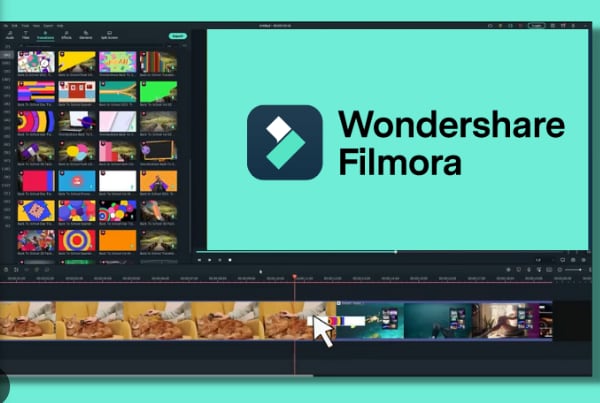
- Step 2: Click on New Project and import the audio, recorded voiceover file, or your voice. You can record your voice directly on the app by selecting Record and clicking on the Start button.
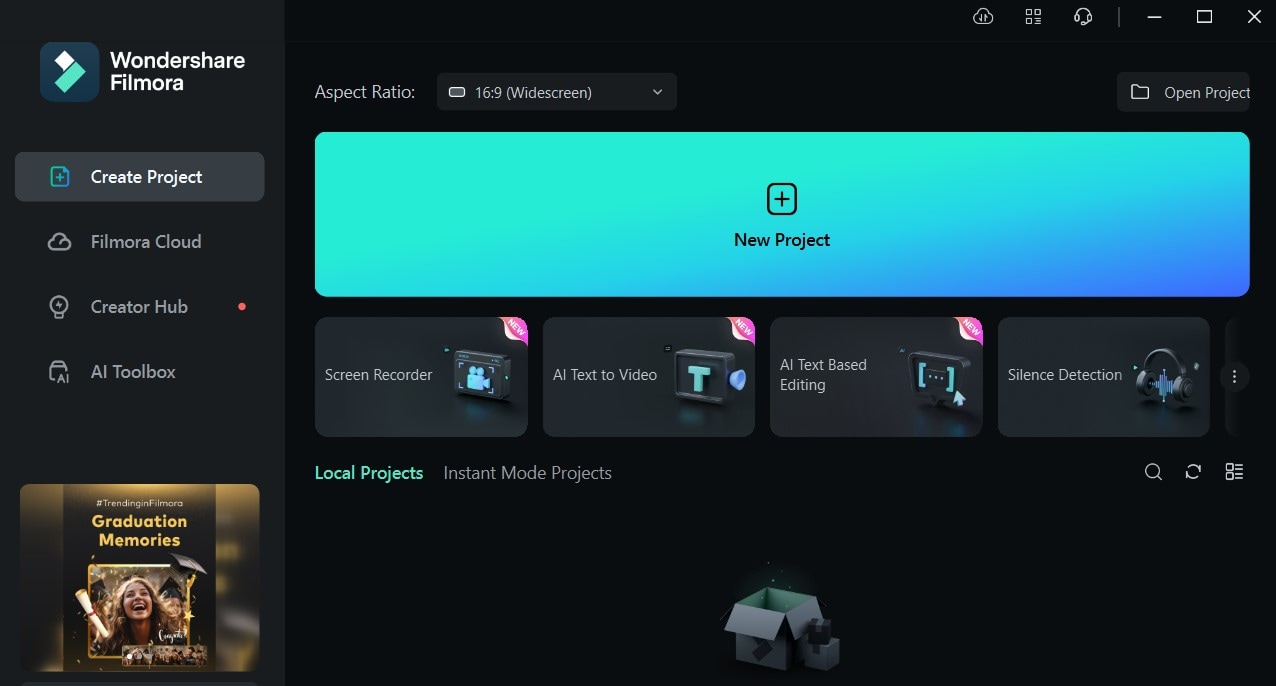
- Step 3: You canedit the audio by changing either the pitch or speed, making the recording fade in and fade out, or increasing the volume of the sound.

- Step 4: If you want to use your voice, simply go to Add Text and click on the Text-to-Speech icon.
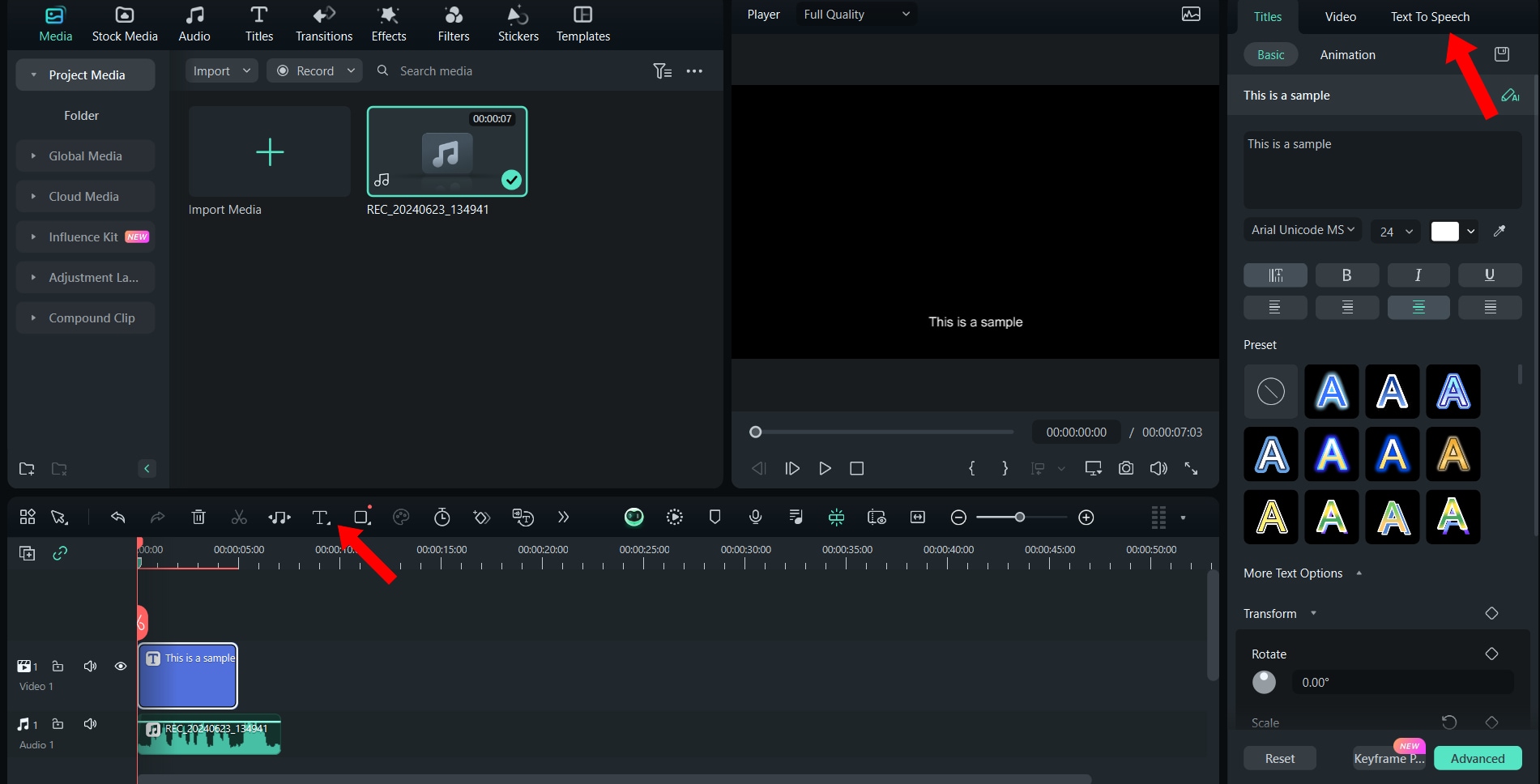
- Step 5: Select Clone Voice to record your voice.
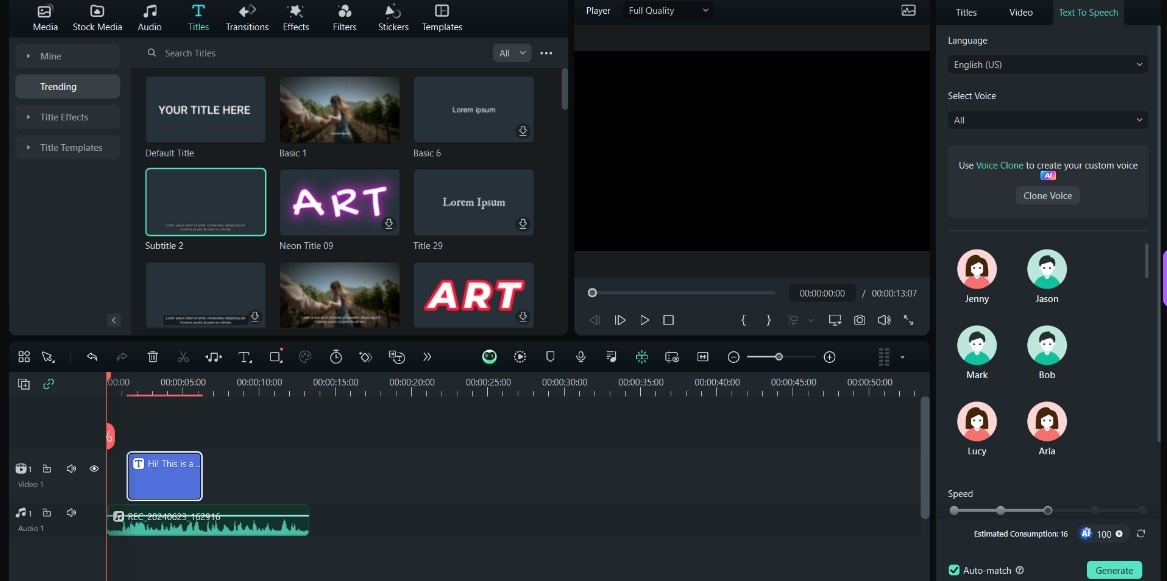
- Step 6: Then, read the provided text. When you're done reading, tap the Clone Voice icon.Filmora will clone your voice in just a few minutes. Once it is done, click Generate to apply the cloned voice.
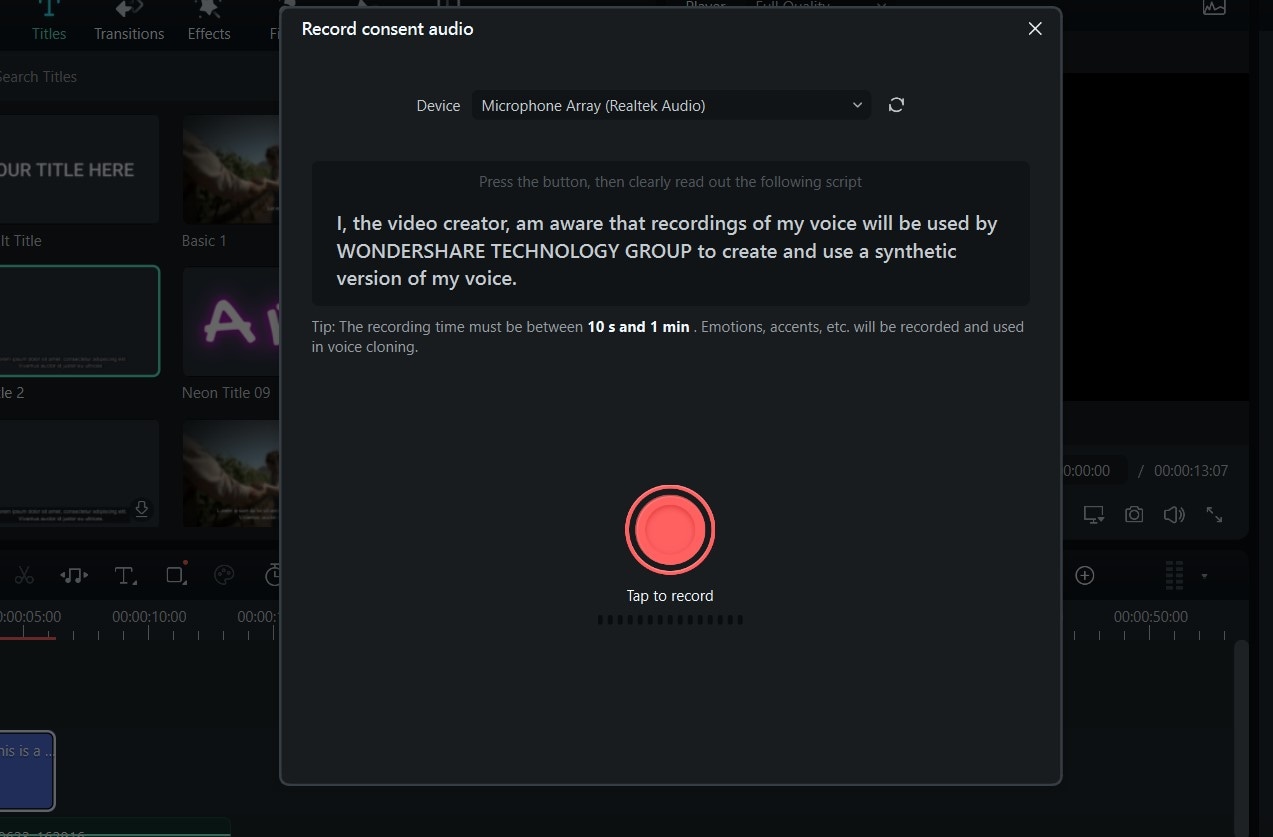
- Step 7: Your voice clone will appear under the Text-to-Speech tab. From here, you can use the voice clone for future projects.

Part 3: Where People Apply Real-Time Voice Cloning
Real-time voice cloning is applicable across numerous aspects of daily living. From social media to corporate work and advertisement., this technique can come in handy to build viewer engagement and connect your audience to a realistic voice in your content. Here are various instances where people apply voice cloning in real-time:
- Content creation: Both professionals and beginners clone their voices to create unique content on social media.
- Live streams: This technology comes in handy when you want to do a live stream while cloning your voice, either for business or professional purposes. It is more efficient because you do not waste time editing the voice.
- Customer interaction for businesses: Voice cloning can be a game-changer for customer service agents who need to impersonate different accents or voices to connect better with clients.
- Marketing campaigns: Voice cloning is also helpful during advertising as it helps companies create unique voices as voice-overs for adverts.
- Presentation Video voice-overs: Many people use voice cloning in real-time to create voiceovers for a presentation video when you do not want to use your voice.
- Product demonstrations: When illustrating how to use a particular product, voice cloners can be used to change the way you sound in the video, especially if you want to sound more professional.
Conclusion
There is no doubt that real-time voice cloning has done wonders in the digital world. With so many benefits to offer, it has definitely come to stay among various sectors like advertisement companies, gaming companies, and marketing companies. The key is to find the voice cloning app that best suits your needs. In this regard, Wondershare Filmora stands out as our recommendation.
Even though there are some real-time voice cloning online tools for free, they often have limitations and can be unstable. Filmora offers quick and easy services that are available at the user's disposal and is easy to use while providing high-quality audio output. This tool helps save time and has numerous resources to choose from when carrying out voice cloning. Not to mention, our platform offers flexible pricing options so you can access its advanced features tailored to your specific needs. So what are you waiting for? Download Filmora and become a real-time voice cloning master today!



